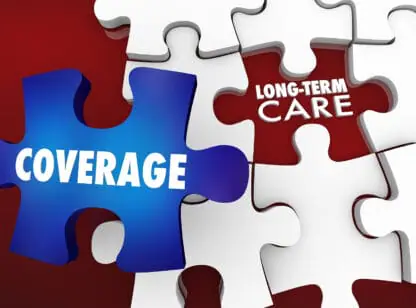The usual method for estimating spending needs in retirement is to take your post-retirement household budget and tack on an inflation rate, such as 3%. Some expenses may increase at a faster rate than the inflation rate you use, others at a slower rate, but overall, expenses such as housing, utilities, food, and so on, should rise with the general rate of inflation.
Inflation. Since 1960 the annual inflation rate for health care expenditures has averaged 9.9%. This rate of growth is unsustainable. If the current trend were to be extrapolated out, it would produce an implausible result, with almost the entire GDP going to health care.
So how much will health care spending rise in the future? Medicare trustees project that health care expenditures will increase at an average annual rate of 6% during 2012-2020. Although no one knows for sure how fast health care costs will rise, it seems reasonable to build a higher inflation rate into this portion of your budget and assume that your health care expenses might go up by 5% to 6% per year.
How much will you need? The most widely cited source of the amount needed to fund health care costs in retirement is Fidelity’s annual survey. In March 2012 Fidelity announced that the average couple would spend $240,000 to pay for medical expenses throughout retirement, not including long-term care or annual out-of-pocket expenses such as dental care. But there is danger in basing your individual financial plan on statistical averages. In the report Funding Savings Needed for Health Expenses for Persons Eligible for Medicare, the Employee Benefit Research Institute (EBRI) says that determining how much money an individual or couple needs in retirement to cover health care expenses is a complicated process. The amount will depend on, among other factors:
- The age at which he or she retires;
- Length of life after retirement;
- The availability of health insurance coverage after retirement to supplement Medicare and the source of that coverage;
- Health status and out-of-pocket expenses;
- The rate at which health care costs will increase; and
- Interest rates and other rates of return on investments.
The EBRI ran 65,000 simulations to allow for the various uncertainties and computed the present value of the savings needed at age 65 to cover health insurance premiums and out-of-pocket expenses in retirement. It found that in order to have 90% certainty of being able to cover health care expenses in retirement, a man would need $124,000, a woman would need $152,000, and a couple would need $271,000. Like the Fidelity study, this one did not include long-term care.
Reesa Manning is Senior Vice President and Financial Advisor at Integrated Wealth Management, with an expertise in investment, retirement income, and financial planning. For a complimentary review, call Reesa at (760) 834.7200 or [email protected].
The above is being provided for informational purposes only and should not be considered investment, tax or legal advice. The information is as of the date of this release, subject to change without notice and no reliance should be placed on such information when making any investment, tax or legal decisions. Integrated Wealth Management obtained the information provided herein from third party sources believed to be reliable, but it is not guaranteed. Form ADV contains important information about the advisory services, fees, business, and background and the experience of advisory personnel. This form is publicly available and may be viewed at adviserinfo.sec.gov











































Comments (0)